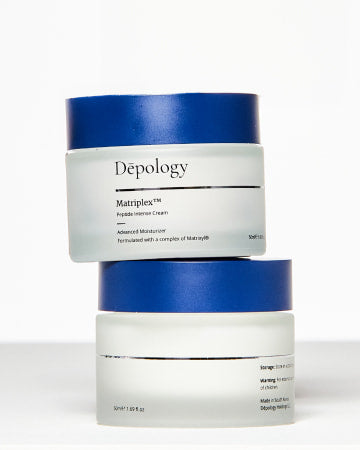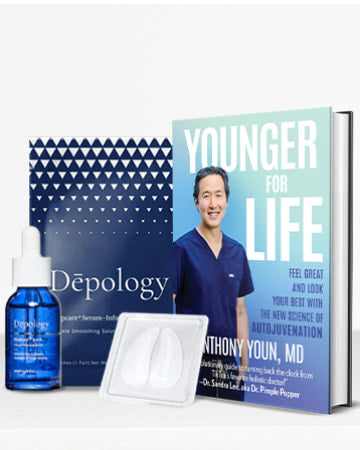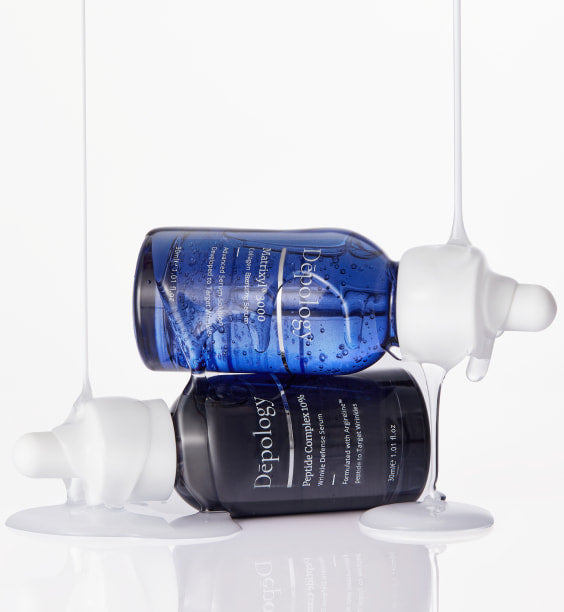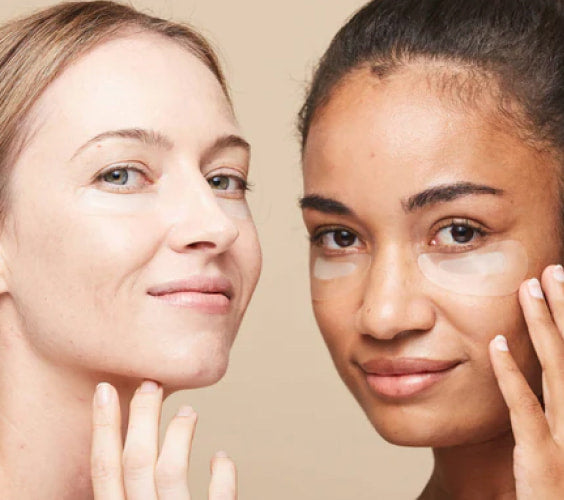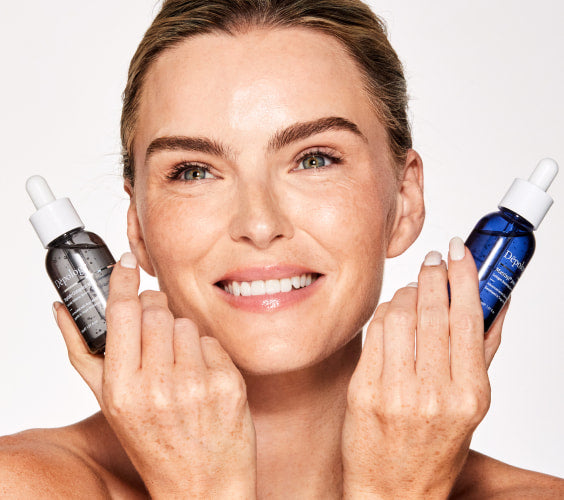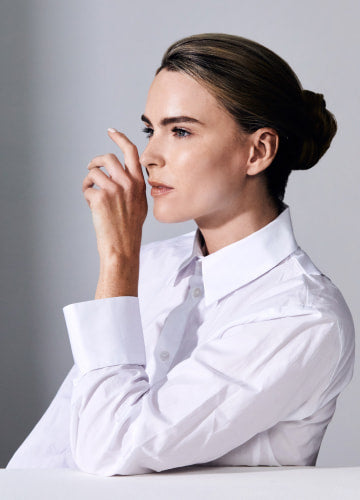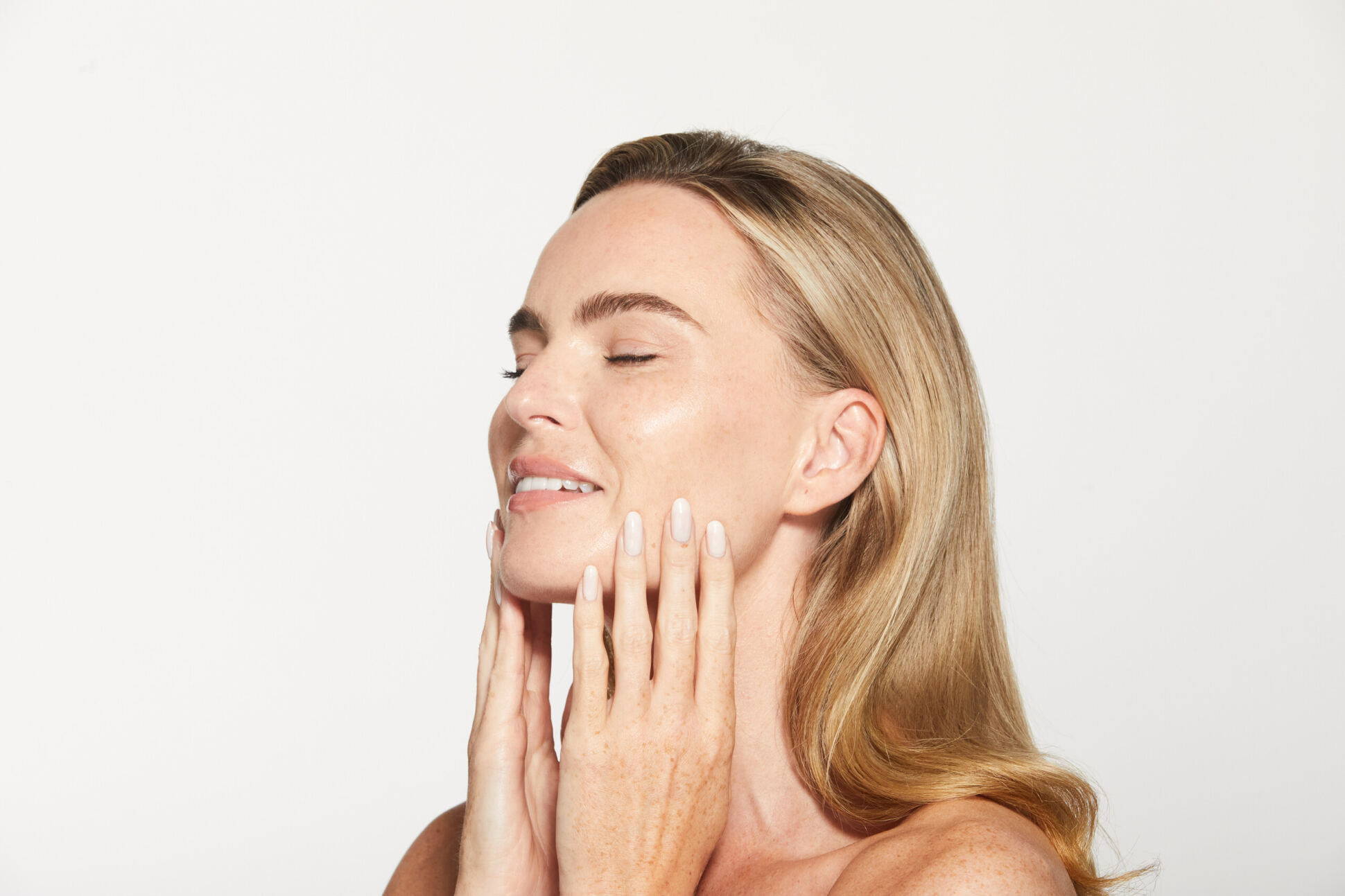
Skin Purging vs. Breakouts: Explained
As much as we love our skin, it sure loves to wreak havoc on our lives at times. From pesky breakouts to mysterious purging, it can be challenging to decipher what exactly is happening on your face. Sometimes, it can feel like trying to solve a complex math equation without a calculator. We hope to clear up some of your questions (and your skin) by diving into the world of skin purging vs. breakouts. So, put away your worries and get ready to learn how to handle these skin dilemmas like a pro.
What Is A Breakout?
We've all been there—it's the night before a big event, and blemishes suddenly appear out of nowhere. A breakout is a common skin condition characterized by red bumps (pimples), blackheads, or whiteheads. These are often caused by excess oil, dead skin, and bacteria clogging pores, leading to inflammation. Hormones, stress, and certain medications can also trigger breakouts. They can be managed and reduced with the right skincare routine.
What Is Skin Purging?
Trying a new skincare product and suddenly breaking out? That may be skin purging—not sabotage!
Skin purging is a process where the skin speeds up cell turnover, causing underlying congestion to surface faster. This often occurs when using retinol or chemical exfoliants. As new cells reach the surface, dead cells shed more quickly, bringing microcomedones (early acne) to the surface, known as “purging acne.”
Common culprits include retinoids, AHAs and BHAs like salicylic acid. Yes—salicylic acid CAN cause purging.
While frustrating, purging can be a good sign the product is working and may lead to clearer, healthier skin.
How Do You Know If It's Purging Or A Breakout?
It can be confusing, but here’s how to determine what’s happening:
- Timing: If breakouts start right after introducing a new active ingredient and appear in your usual breakout zones, it’s likely purging. If it continues for many weeks or appears in new areas, it may be a regular breakout.
- Blemish Type: Purging = small bumps/whiteheads/blackheads. Breakouts = red, inflamed pimples.
- Location: Purging happens in areas where you normally break out. New areas = likely a breakout.
- Duration: Purging typically lasts 4–6 weeks max. Longer than that = product may not suit you.
If unsure, consulting a dermatologist is always best.
What Does Purging Skin Look Like?
Purging may look like small bumps, whiteheads, or blackheads in your usual breakout areas. Skin may feel rough or congested temporarily. This phase is temporary—if the product works for you, clearer and smoother skin follows.
Does Skin Look Better After Purging?
Usually yes—but not immediately. Purging indicates pores are being unclogged. With consistent use, skin becomes clearer, smoother, and more radiant. But results vary depending on product and skin type.
How Quickly Does Skin Purging Start?
Purging can begin within a day or two of using exfoliating actives like retinol, AHAs, or salicylic acid.
For gentle products like moisturizers, purging may start later.
We recommend testing a new product for at least 2 weeks before deciding whether it’s purging or a breakout. Stop using if you get adverse reactions like burning or severe redness.
When Should I Stop Using A Product?
If breakouts or purging persist longer than 2 weeks or worsen significantly, discontinue use and consult a dermatologist. Burning or intense redness = stop immediately.
The Final Verdict: Purging vs Breakout
Understanding purging vs breakouts can make a huge difference in your skincare journey. Be patient, listen to your skin, adjust your routine as needed, and seek expert help if necessary. With the right skincare routine, you can regain control of your skin and achieve a radiant, healthy complexion.




